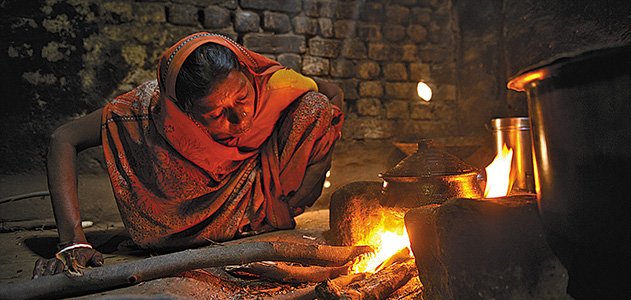Posted at 10:31h
in
Energy
by Shen Ge
Introduction
Note: This post was written by one of two founders of Nautical Torque, Galon Maloney, with minor edits by Shen Ge. Shen Ge recently contacted Galon to acquire an overview of the company.
Two and a half years ago, on November 1, 2012,
Nautical Torque Technology, a designer and manufacturer of innovative mechanical equipment and processes to produce continuous renewable electricity, announced that the U.S. Patent and Trademark Office (USPTO) issued the company its first U.S. patent. This patent is the first step towards bringing a new type of renewable to the market and help utility companies meet their renewable portfolio standards.
[caption id="attachment_348" align="alignleft" width="462"]
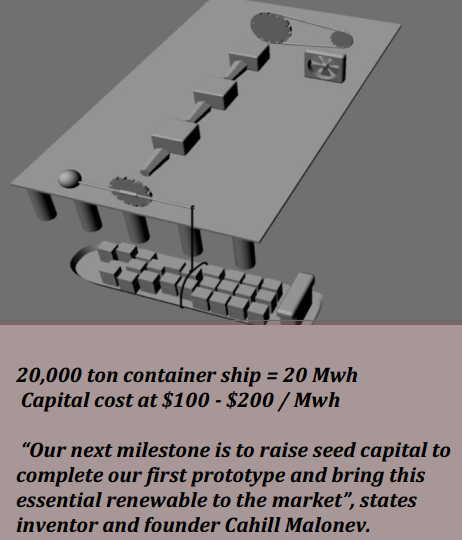
“Our next milestone is to raise seed capital to
complete our first prototype and bring this
essential renewable to the market”, states
inventor and founder Cahill Maloney.[/caption]
Patent US 8,143,733 B2, relates to the capturing of the kinetic energy from the rise and fall of large particles of floating mass such as ships, barges, and tankers. Rather than use the horizontal force of water to turn a turbine or generator, Nautical Torque utilizes the lifting and lowering of water to capture the kinetic energy from the slow moving mass that rises and falls with the incoming and outgoing tide. The design utilizes equipment and facilities that can be securely located and protected on a dock rather than underwater or offshore, offering lower development and transmission costs than any other wave and tidal technologies on the market. Nautical Torque uses mass as the input source for simplicity and scaleability achievable within current mechanical technology.
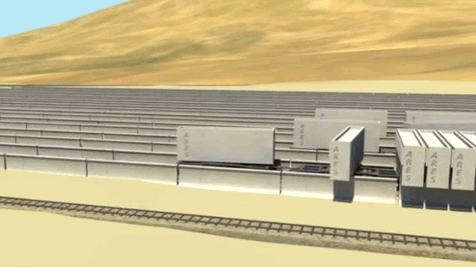
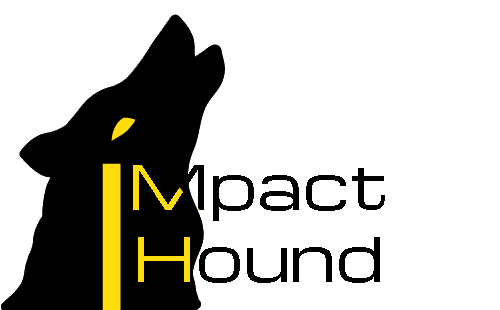


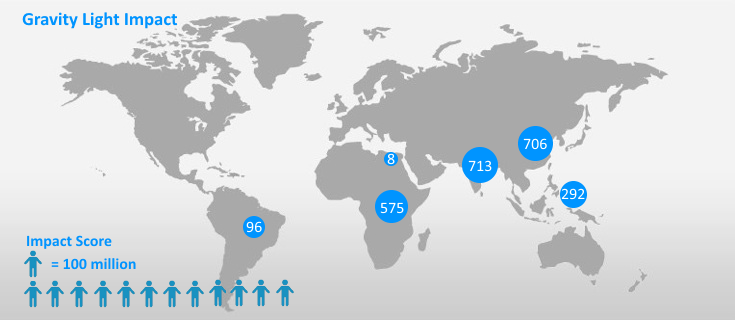
 “Our next milestone is to raise seed capital to
“Our next milestone is to raise seed capital to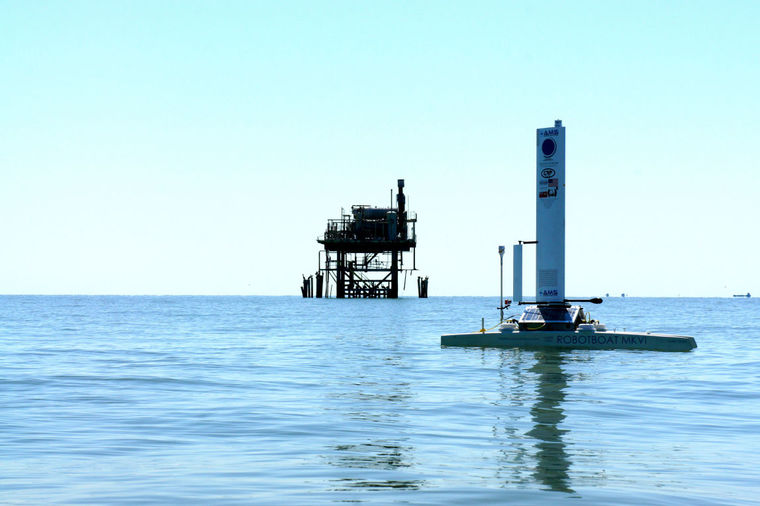 Datamaran, a surface robot, by Autonomous Marine Systems. Credit: Autonomous Marine Systems[/caption]
On June 18, 2015, I had the chance to talk with Eamon Carrig, the Chief Roboticist of the surface ocean drone startup Autonomous Marine Systems. The CEO, TJ Edwards, and Eamon Carrig were friends at Princeton University and later both worked at Planetary Systems Corp., a spacecraft mechanisms company in Maryland. Due to a combination of interest in robotics and sailing as well as concerns about climate change which is directly indicated by ocean health, they built their first sailing robot in 2006. The company was incorporated in 2009 and after several years of work, the founders quit their jobs to focus full-time on AMS in late 2012. The primary motivation came from the emergence of company Liquid Robotics which TJ and Eamon saw to be much too expensive for the mass deployment. They decided their technology could do better at far lower cost.
In 2012, they launched a successful Kickstarter campaign where they raised over eighty thousand dollars to build a prototype. They underwent a 6 week training session through the National Science Foundation's Innovation Corps Program in Washington D.C. Later that year, they were accepted into the startup accelerator SURGE in Houston. Thanks to the mentorship and connections made through SURGE, they acquired funding to execute pilots and demonstrations.. When asked about the SURGE experience, Eamon had only positive things to say, "SURGE was awesome. Everyone there, from mentors to entrepreneurs, to the staff were top-notch."
Datamaran, a surface robot, by Autonomous Marine Systems. Credit: Autonomous Marine Systems[/caption]
On June 18, 2015, I had the chance to talk with Eamon Carrig, the Chief Roboticist of the surface ocean drone startup Autonomous Marine Systems. The CEO, TJ Edwards, and Eamon Carrig were friends at Princeton University and later both worked at Planetary Systems Corp., a spacecraft mechanisms company in Maryland. Due to a combination of interest in robotics and sailing as well as concerns about climate change which is directly indicated by ocean health, they built their first sailing robot in 2006. The company was incorporated in 2009 and after several years of work, the founders quit their jobs to focus full-time on AMS in late 2012. The primary motivation came from the emergence of company Liquid Robotics which TJ and Eamon saw to be much too expensive for the mass deployment. They decided their technology could do better at far lower cost.
In 2012, they launched a successful Kickstarter campaign where they raised over eighty thousand dollars to build a prototype. They underwent a 6 week training session through the National Science Foundation's Innovation Corps Program in Washington D.C. Later that year, they were accepted into the startup accelerator SURGE in Houston. Thanks to the mentorship and connections made through SURGE, they acquired funding to execute pilots and demonstrations.. When asked about the SURGE experience, Eamon had only positive things to say, "SURGE was awesome. Everyone there, from mentors to entrepreneurs, to the staff were top-notch."
 The Mistbox Control Unit[/caption]
The Mistbox Control Unit[/caption]
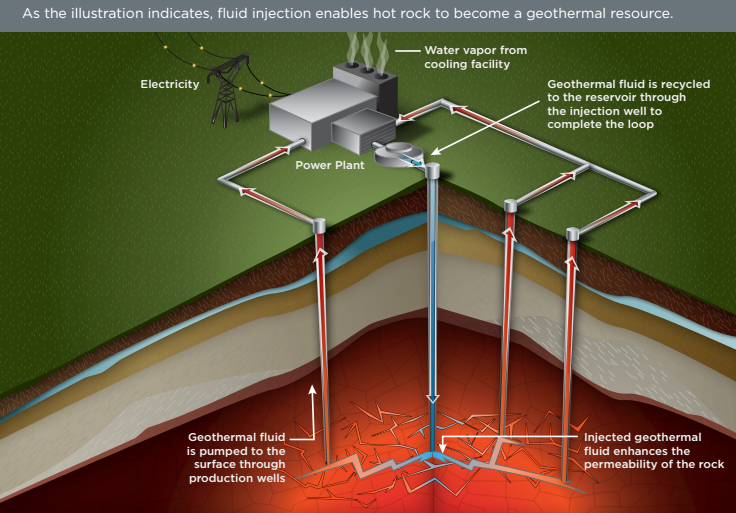
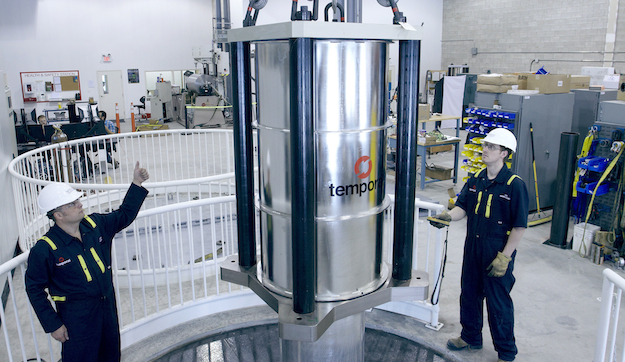 A 500 kW flywheel being lowered into the vault at flywheel company Temporal Power’s manufacturing facility to undergo testing (Image: Temporal Power).[/caption]
Lux Research, an independent firm that assesses emerging technologies, predicts that the global energy storage market will grow from a $200 million industry in 2012 to an $11 billion giant by 2017. Chemical batteries have recently made some strides forward and many more companies have jumped on board. However, the most promising way of storing energy for the future might come from a more unlikely source, and one that far predates any battery: the flywheel.
A flywheel is nothing more than a wheel on an axle which stores and regulates energy by spinning continuously. The device is one of humanity’s oldest and most familiar technologies first used in the potter’s wheel 6000 years ago as a stone tablet with enough mass to rotate smoothly between kicks of a foot pedal. Leonardo da Vinci invented one with a variable moment of inertia. It was an essential component in the great machines that brought on the industrial revolution. Today, flywheels are under the hood of every car – regulating the strokes of pistons.
Interested in more of my posts and other writings outside of Impact Hound? Follow me on Twitter:
A 500 kW flywheel being lowered into the vault at flywheel company Temporal Power’s manufacturing facility to undergo testing (Image: Temporal Power).[/caption]
Lux Research, an independent firm that assesses emerging technologies, predicts that the global energy storage market will grow from a $200 million industry in 2012 to an $11 billion giant by 2017. Chemical batteries have recently made some strides forward and many more companies have jumped on board. However, the most promising way of storing energy for the future might come from a more unlikely source, and one that far predates any battery: the flywheel.
A flywheel is nothing more than a wheel on an axle which stores and regulates energy by spinning continuously. The device is one of humanity’s oldest and most familiar technologies first used in the potter’s wheel 6000 years ago as a stone tablet with enough mass to rotate smoothly between kicks of a foot pedal. Leonardo da Vinci invented one with a variable moment of inertia. It was an essential component in the great machines that brought on the industrial revolution. Today, flywheels are under the hood of every car – regulating the strokes of pistons.
Interested in more of my posts and other writings outside of Impact Hound? Follow me on Twitter:  Solar powered school boats offers education to kids in Bangaldesh (Image: Shidhulai Swanirvar Sangstha).[/caption]
A homegrown nonprofit organization called Shidhulai Swanirvar Sangstha has built a fleet of solar powered school boats to ensure education regardless of flooding or rising sea levels. Shidhulai is the name of a village in Bangladesh and Swanirvar Sangstha means self-reliant organization. Mohammed Rezwan, Shidhulai’s founder and executive director, grew up in the country’s northwest, where his organization operates. Growing up, his family owned a boat, which meant that he was one of the lucky ones who could attend classes all year. “Many friends and relatives were denied access to education,” he said. “I thought if the children cannot come to school because of floods, then the school should go to them by boat.”
Interested in more of my posts and other writings outside of Impact Hound? Follow me on Twitter:
Solar powered school boats offers education to kids in Bangaldesh (Image: Shidhulai Swanirvar Sangstha).[/caption]
A homegrown nonprofit organization called Shidhulai Swanirvar Sangstha has built a fleet of solar powered school boats to ensure education regardless of flooding or rising sea levels. Shidhulai is the name of a village in Bangladesh and Swanirvar Sangstha means self-reliant organization. Mohammed Rezwan, Shidhulai’s founder and executive director, grew up in the country’s northwest, where his organization operates. Growing up, his family owned a boat, which meant that he was one of the lucky ones who could attend classes all year. “Many friends and relatives were denied access to education,” he said. “I thought if the children cannot come to school because of floods, then the school should go to them by boat.”
Interested in more of my posts and other writings outside of Impact Hound? Follow me on Twitter: 